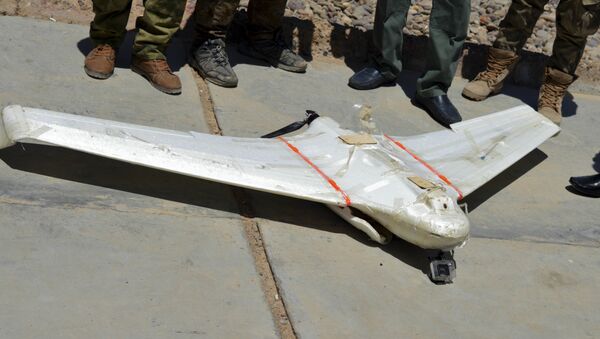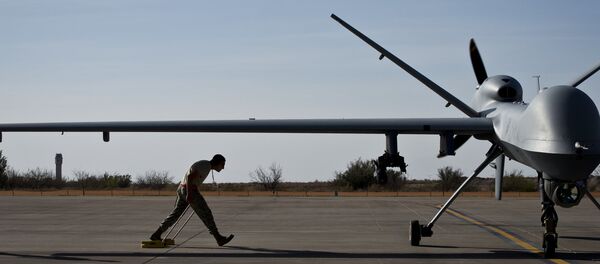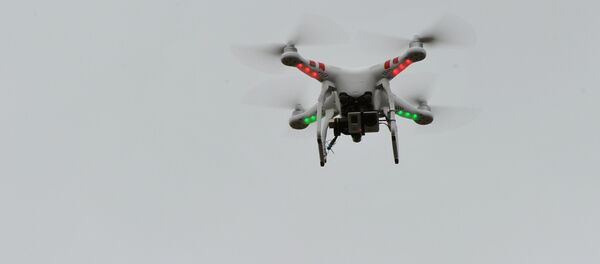During an event called "A Conversation With the Service Secretaries," held at the Center for a New American Security in Washington DC, Air Force Secretary Deborah Lee James detailed the target was brought down speedily but did not name the system the service used.
Defense Tech quoted James saying, "A top priority for me at the moment is this emerging danger that we’re seeing in the Middle East in respect to unmanned aerial systems — these cheap, buy-them-over-the-internet, small drones and if explosives are placed on them, as we’ve seen a handful of times now in Syria and Iraq, they can do damage."
The Air Force secretary asked, "So how do we put our heads together on that topic quickly and figure out how to defeat that type of approach and it’s not necessarily a development of a new thing to defeat it?"
Sharing the panel with Navy Secretary Ray Mabus and Army Secretary Eric Fanning, James claimed that there have been many instances of Daesh using small, inexpensive drones and model airplanes to deliver bombs in Syria and Iraq. It was reported last week that a small drone rigged with a bomb exploded in northern Iraq, killing two Kurdish Peshmerga fighters attempting to disarm it.
James offered that electronic warfare, a process currently in use against Russian-backed separatists in Ukraine, would be an ideal tactic for addressing this threat.
During September’s Military Marine Expo, Marine Corps Forces Special Operations Command operator Master Sgt. Justin Olson made statements similar to that of James, telling an audience, "Our focus right now is not so much counter-UAS on a larger scale, but counter-small systems…Your micro, small handheld stuff, what will the enemy use," according to Military Times.
He added the Marines are "looking to counter anything you can buy off the shelf."
A few months ago the US Defense Department purchased 100 "DroneDefenders," frequency jammers mounted a frame resembling an automatic weapon, that could reach drones up to 400 meters away.
The website for Battelle, the manufacturer of the Drone Defender, reads, in part, "The DroneDefender system quickly disrupts the adversary's control of the drone, neutralizing it so no remote action, including detonation, can occur, minimizing drone damage and risk to public safety."




